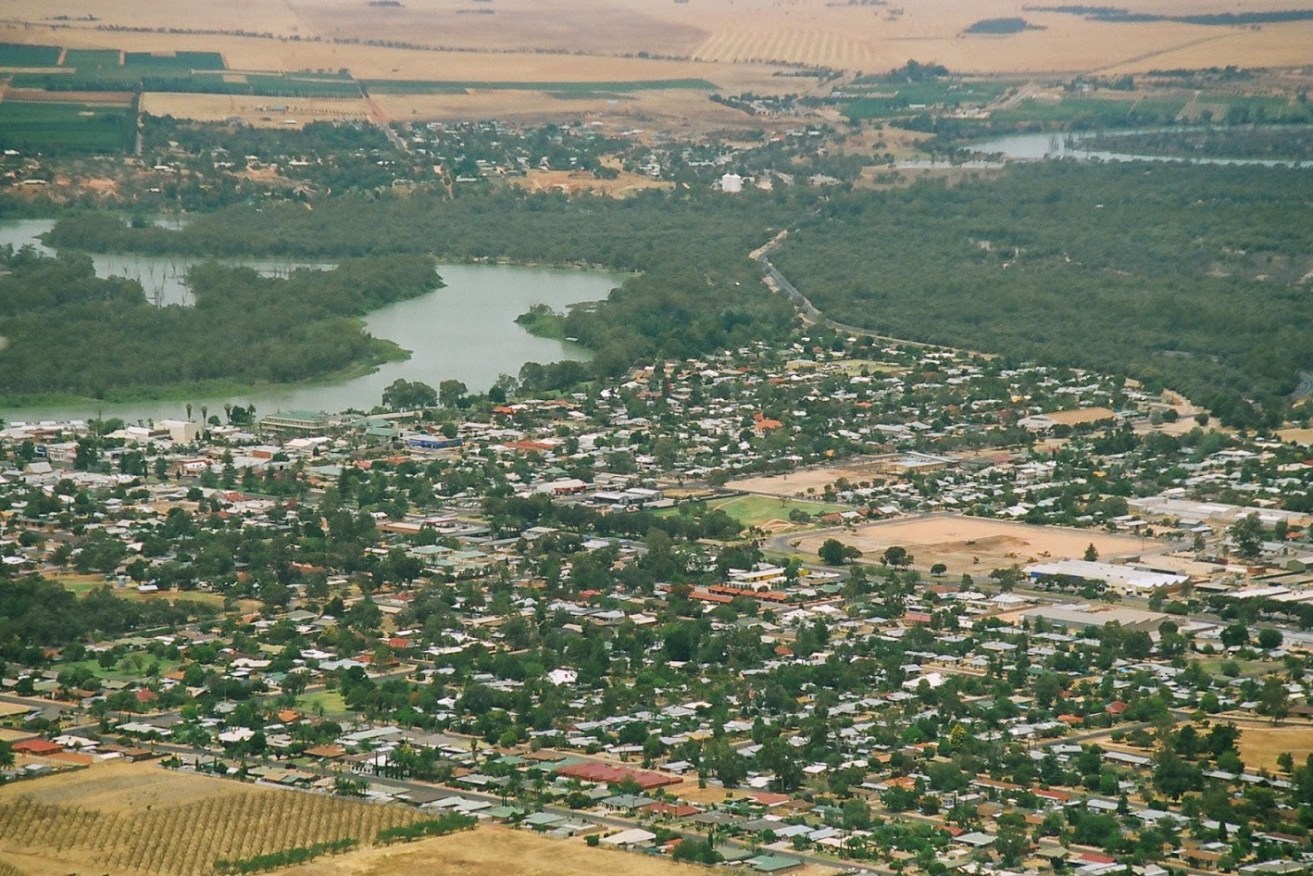Broaden 457 threshold or leave “below par” SA’s economic potential “untapped”
South Australia’s ageing workforce and dwindling regional populations are exacerbating skills shortages that are hitting regional businesses hard, according to forthcoming research that urges the Federal Government to broaden – rather than restrict – access to 457 visas.

Research suggests the skilled migration program is failing to achieve its full economic potential. Photo: supplied
The controversial visa program has been the subject of hot debate in Canberra, with both major parties vying over how to water down the system to favour “local” jobs.
Labor this week moved to ensure employers could prove they had contributed to local employment when applying to sponsor workers on 457 visas, with Opposition Leader Bill Shorten saying while “guest workers are part of the Australian economy… we also recognise that the parliament should focus on making sure that we give our own unemployed, our own underemployed, the best possible chance”.
That followed Immigration Minister Peter Dutton’s move to give foreign nationals on 457 visas who are sacked or lose their job only 60 days – down from 90 – to find a new sponsor before being forced to leave the country.
But a draft report from the University of Adelaide’s South Australian Centre for Economic Studies, seen by InDaily, recommends instead reducing the threshold to obtain 457 visas in rural and regional centres, particularly in SA.
“SA’s economy is performing below par, and its key demographics – namely an ageing population, net interstate migration, a declining share of the national population, and a lower average qualification level than NSW and Victoria – are further undermining its economic potential,” the report concludes.
“The state’s international migrant intake is less than proportionate to its size for temporary work and employer nomination visa programs, and for [some] international student enrolments… in the view of some state businesses, this leaves economic potential untapped.”
The Government should “investigate applying lower thresholds for Business visas… where the applicant is proposing to establish a new business, or purchase an existing business in a regional area, to reflect the challenges faced in business succession planning in many regional areas, and the lower average value of regional businesses”, the report recommends.
It paints a grim picture of the state’s employment and demographic challenges – a picture made bleaker by rural and regional skills shortages that would be addressed by a more flexible migration visa program.
Business submissions to the research called for “a set of broad approaches to addressing the limitations of the existing migration system to the needs of South Australian employers”. These included the reintroduction of ‘Regional 457’ visas, or similar, to offer a discounted minimum salary threshold “for any part of the country classified as a regional area for the purposes of migration policy”, and allowing a wider range of occupations and skill levels to be included.
The report finds the SA economy faces “a triple challenge of population and labour force ageing, a disproportionate reliance on owner managers of unincorporated businesses with an old age structure, and regional depopulation”.
“In combination, the three lead to and accentuate skill and more general labour shortages in particular, but not exclusively, in regional SA,” the report argues.
“These labour shortages affect semi and low skilled occupations as well as skilled occupations.”
The research, entitled, “The Potential Benefits of Reforming Selected Migration Policies to Address South Australia’s Needs”, was commissioned by a consortium of mostly regional businesses spearheaded by Adelaide firm Migration Solutions, whose managing director Mark Glazbrook told InDaily Australia needed “a more relaxed temporary protection visa program”.
“That would provide increased protection for vulnerable workers in Australia but also provide access for rural and regional areas, and see new jobs created by migrant workers working in those areas,” he said.
He said a major issue for SA was that the types of occupations in high demand don’t typically appear on 457 occupation lists, and because the cost of living – and consequently salaries – are lower than they are in the eastern states, there is a glut of positions being left unfilled because of the high salary threshold for 457 workers.
“The current setting doesn’t allow SA to access semi-skilled workers, but they’re the jobs that are in demand,” he said.
“We need semi-skilled workers.”
Glazbrook recently met with Dutton and other Government figures to argue the need to reassess the 457 debate. He concedes the argument has been hijacked by politics, but says even if the Commonwealth heeded his warning, “it needs to be supported by the State Government”.
The report found the requirement to pay higher wages for 457s in SA had hit commercial activity in a manner akin to penalty rates, with restaurants closing early and job vacancies remaining unfilled.
“Our consultations encountered concern about the adverse commercial effects of a lack of suitably qualified and experienced workers and jobseekers in local economies, especially, but not exclusively, in regional areas,” it found.
“Migration policy was not seen to be helping primary, hospitality, food product manufacturing, or aged and community care sector businesses in hiring labour in an effective and affordable manner.”
The most frequently sought skills were at the “lower level of qualification”, with the “prevailing view that current visa regulations were holding back businesses and that migration was an underutilised resource for regional business and economic development” in SA.
Glazbrook said it was “evident that SA is on the brink of an economic and demographic cliff”.
“This is on top of falling migration outcomes and population growth, high unemployment and record numbers of people departing the state and regional areas,” he said.
“My concern is that the [Government] will make is more difficult for businesses and visa applicants to qualify for these visas in an attempt to restrict or reduce eligible applicants… any such change to the program will be extremely damaging to our migration outcomes and population growth.”




